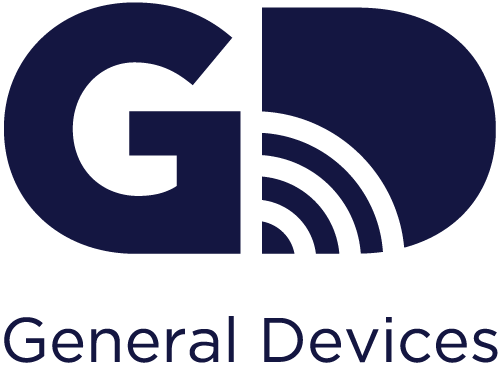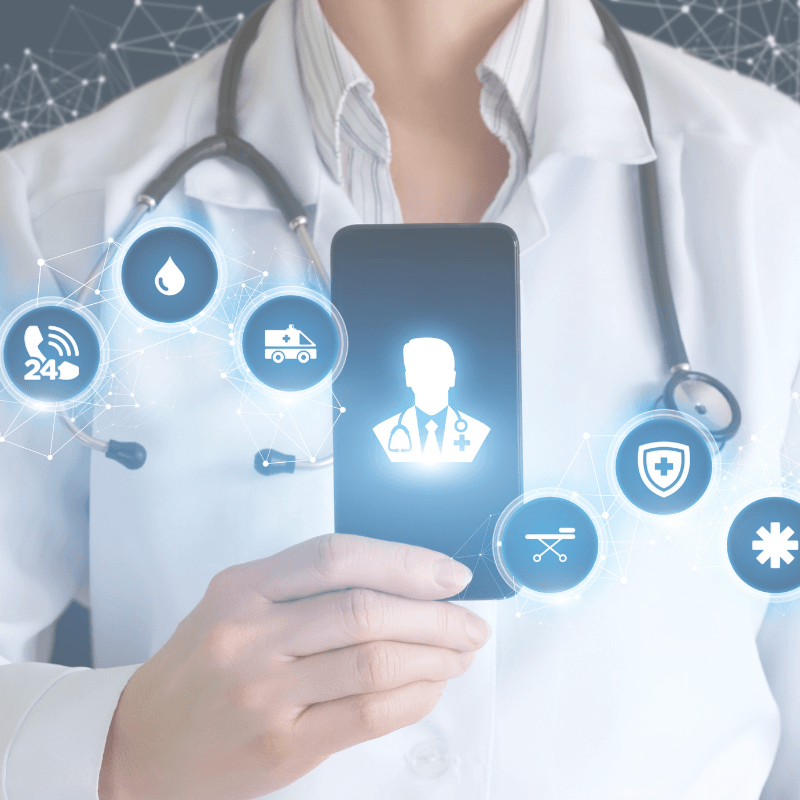Doctor to Patient Communication: Live-Streaming to Save Lives
The primary goals of medical professionals are pretty obvious – to help patients, to save lives, and to improve quality of life. It’s pretty simple.
Doctors spend years studying the best ways to treat any number of illnesses, maladies, and emergencies in any number of ways. First responders are meticulously trained to perform life-saving care at any kind of scene, and medical professionals know what they’re doing. They’re prepared, and they want to help.
But what kind of training is there for a patient who refuses that help?
Unfortunately, it isn’t something that can be learned in a textbook. That particular situation requires quick thinking, patience, understanding, and of course, GD e-Bridge Mobile Telemedicine.
First responders see it all the time. They arrive to the scene from a call. The patient has chest pain and difficulty breathing. The patient obviously needs immediate medical care. The rig is ready to go.
And the patient is refusing transport.
We’ve all been there. Be it with friends, family, or, as medical professionals often see, with patients, the “I’m fine,” theory. No matter how bad the pain, no matter how severe the symptoms, “I’m fine.”
The truth is they are anything but fine, and someone needs to convince them to get the care they need. But how can EMS convince a patient to get in the rig and be treated by a doctor they haven’t even met?
In the case of a hospital in Texas, EMS and that doctor worked together, using GD e-Bridge to make it happen.
With GD e-Bridge’s live-streaming capabilities, EMS was able to call the ED physician from the field, explain the patient’s symptoms, and pass the call directly to the patient who was refusing transport. The doctor then convinced the patient to accept transport and had a Cath lab at the ready when the patient arrived. Tests revealed multiple blockages that were repaired, and according to the doctor, likely saved the patient’s life.
All medical professionals want to help, but not all patients want to be helped. Bridging that gap requires patience, understanding, fast-thinking, and technology.
More and more hospitals are discovering how GD e-Bridge technology seamlessly bridges that gap. So, shouldn’t everyone have such technology?
About GD (General Devices)
GD enables smarter patient care by empowering hospitals, EMS, community healthcare and public safety with the most comprehensive, interactive, configurable, affordable, and integrated FDA listed medical communication and mobile telemedicine solutions. The benefits of which are enhanced workflows, minimized risk, reduced costs and improved patient outcomes. Learn more at www.general-devices.com


